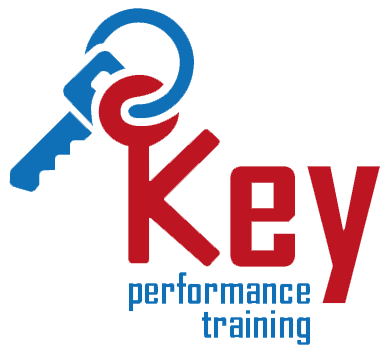Know where the Hazards Are to Avoid Them:
It’s important that all operators know the area they will be driving in well, as an unseen bump in the road can cause the vehicle to tip and result in, as well as damage to the vehicle.
- Be aware of ramps, lumps, bumps, slippery ground and uneven surfaces
- Avoid any loose materials, objects or flooring
- Know the layout, the designated routes, the junctions, the narrow sections, low ceilings, the ways in and out of loading bays, any special racking, and all exclusion zones
- Operators must be reminded of site rules, speed limits and safety guidelines frequently
High Quality Training
This is not just a sensible choice, but a legal obligation. As an employer you must ensure that their team are given all the training they need to safely and legally operate a forklift and keep themselves, their workmates and visitors to your site safe and protected from harm.
Operators who have received a training certificate, like that from the RTITB, and have been trained to operate each specific type of forklift should only be allowed to operate one.
Trained forklift operators will know how to do the job safely. They will have had to demonstrate that in a workplace or training arena evaluation by an accredited instructor.
Know the Common Forklift Hazards
Know the Stats. It’s important to know the dangers that come with using forklifts on loading docks and in warehouses. Keep these statistics in the forefront of everyone’s mind by discussing some of them in team meetings or daily huddles occasionally.
Remind operators of the most common hazards associated with forklifts.
- Unsecured loads may fall, crushing pedestrians or drivers.
- Forklifts may tip over, due to excessive speed, tight cornering or imbalanced loads
- Workers may fall if they stand on the forks
- Drivers may not see pedestrians, leading to collisions and fatal accidents
- Improper or missing floor marking may lead to accidents between forklifts and pedestrians
Stay Safe While Using A Forklift
Workers should do the following while behind the wheel to protect themselves and co-workers:
- Make sure the load is balanced and fully secure to prevent a forklift from tipping over
- Ensure both forks are as far under the load as possible before lifting
- Check for any overhead obstacles before stacking upwards
- Use ropes, straps and bindings to properly secure loads
- Do not overload the forklift
- Do not push a load with the forks
- Never exceed the maximum capacity of your forklift or attachments
- Always check the load carefully before moving off
- Drive with the load as low as safely possible
- Pay attention to posted speed limits and warning signs
- Always look in the direction you’re traveling; if a load blocks the view ahead, travel in reverse
- Steer clear of areas where forklifts are prohibited or restricted
- Keep an eye out for signs, floor marking, and other warnings for pedestrians and forklifts
- Use the horn at intersections and in areas where pedestrians may be present
- Facilities of any size should have clear forklift safety rules
- Provide high-viz workwear and the proper PPE for all staff entering the warehouse and wherever forklifts operate
These are just a few tips that will help you keep your workforce safe and ensure you get the most from your equipment.
For further information about high quality training – please contact us on 01793 975 353
